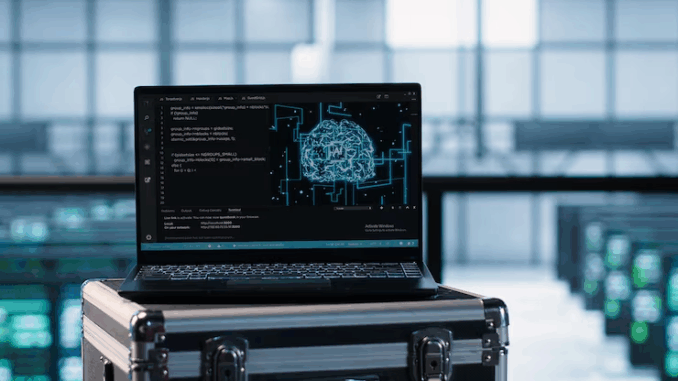

A brain-computer interface (BCI) company called Synchron, based in New York, has raised $345 million with $200 million in Series D funding.
Double Point Ventures led the round, with participation from existing investors ARCH Ventures, Khosla Ventures, Bezos Expeditions, NTI and METIS.
New investors include the Australian National Reconstruction Fund (NRF), T.Rx Capital, Qatar Investment Authority (QIA), K5 Global, Protocol Labs and IQT.
WHAT IT DOES
The Stentrode BCI from Synchron is a platform for a non-surgical endovascular brain-computer interface that was made to help people with paralysis gain more mobility, communication, and independence.
It’s placed in the brain via a non-surgical catheter procedure and translates brain activity into digital commands by interfacing with the motor cortex through the blood vessels, recording and transmitting neural signals.
The BCI allows one to control digital devices hands-free and has been placed in 10 paralysis patients in clinical trials in Australia and the U.S.
The money will be used to accelerate the company’s BCI trials and commercialization. It also plans to expand its operations in New York, where its cognitive AI division will train models that learn from brain data, and San Diego, where its engineering hub is established.
Tom Oxley, CEO and founder of Synchron, stated in a statement, “This funding brings us closer to commercializing the Stentrode BCI platform, while accelerating development of a major breakthrough in the field – a next-generation, transcatheter high-channel whole-brain interface.”
SHOOT OF THE MARKET
Synchron secured an oversubscribed $75 million Series C funding round in 2022, bringing its total raise at the time to $145 million. The company received $40 million in Series B funding a year earlier.
In 2017, the company garnered $10 million in Series A financing.
Mark Jackson, an ALS patient who participated in Synchron’s FDA-approved COMMAND trial, became the first person to control an iPad with its BCI using only his thoughts in August.
The company released a video showing Jackson using an iPad controlled entirely by his thoughts.
Jackson received Synchron’s Stentrode, which integrates with Apple’s Switch Control accessibility feature, allowing him to type, navigate and open apps using his thoughts instead of physical movement.
Synchron made the announcement in May that it would become the first BCI company to achieve native integration with Apple’s BCI HID profile, which classifies neural interfaces as a type of native input.
According to Apple and Synchron, the integration will give people with motor impairment, such as those with ALS, stroke, or spinal cord injury, voice-free and hands-free digital access.
Synchron announced that it leveraged NVIDIA’s Holoscan platform in January to enhance its implantable BCI by improving real-time edge AI capabilities for on-device neural processing, improving signal processing and multi-AI inference technology, and exploring the development of a foundation model for brain inference.
